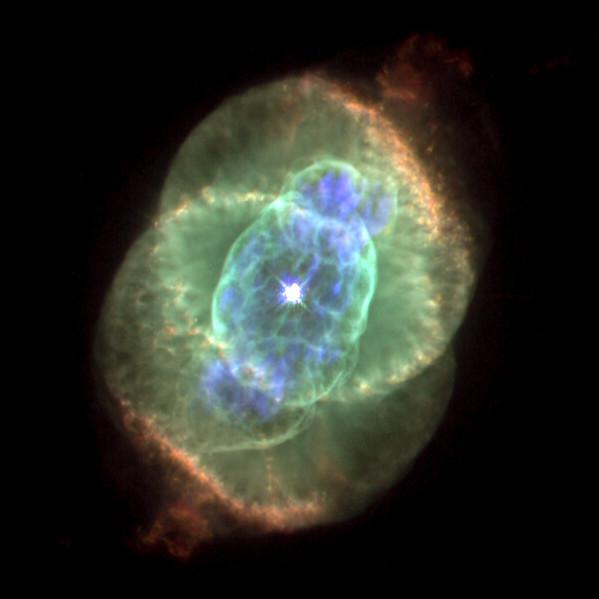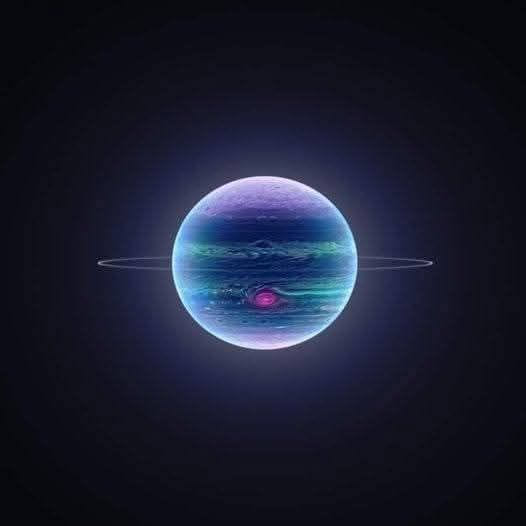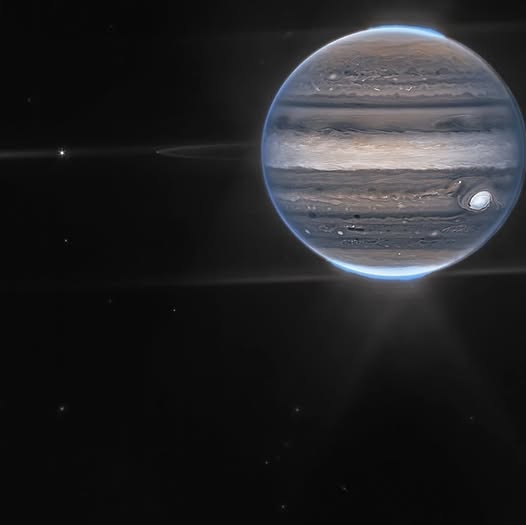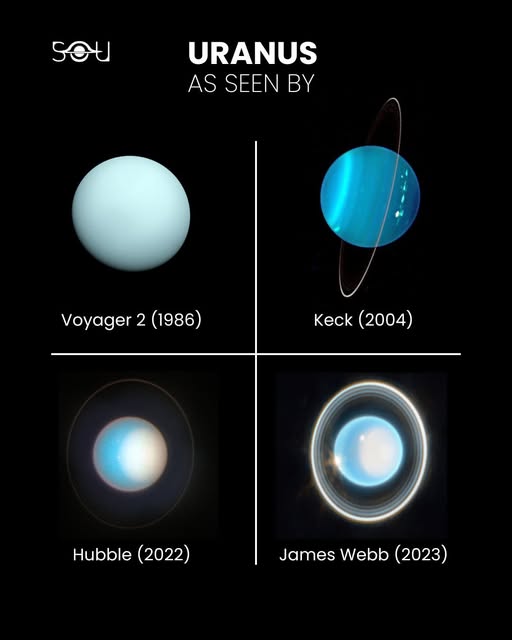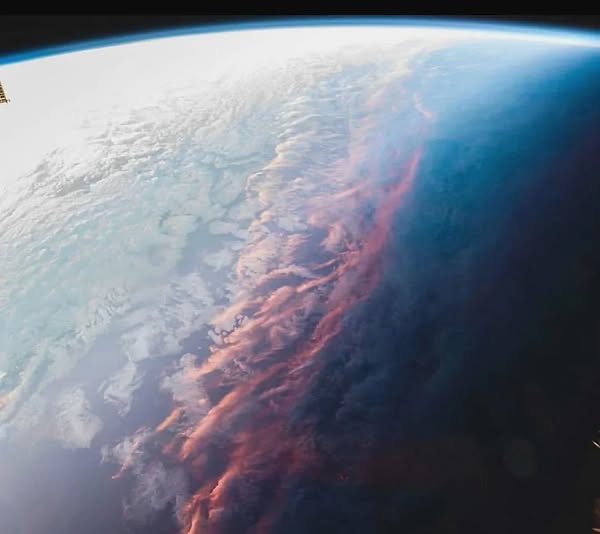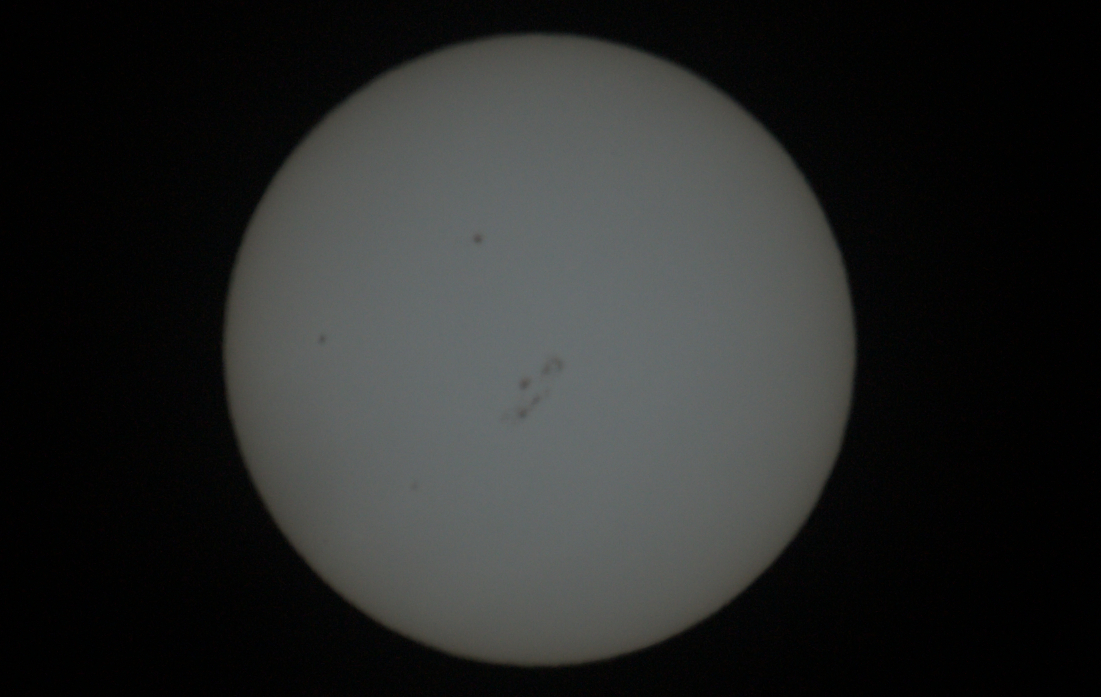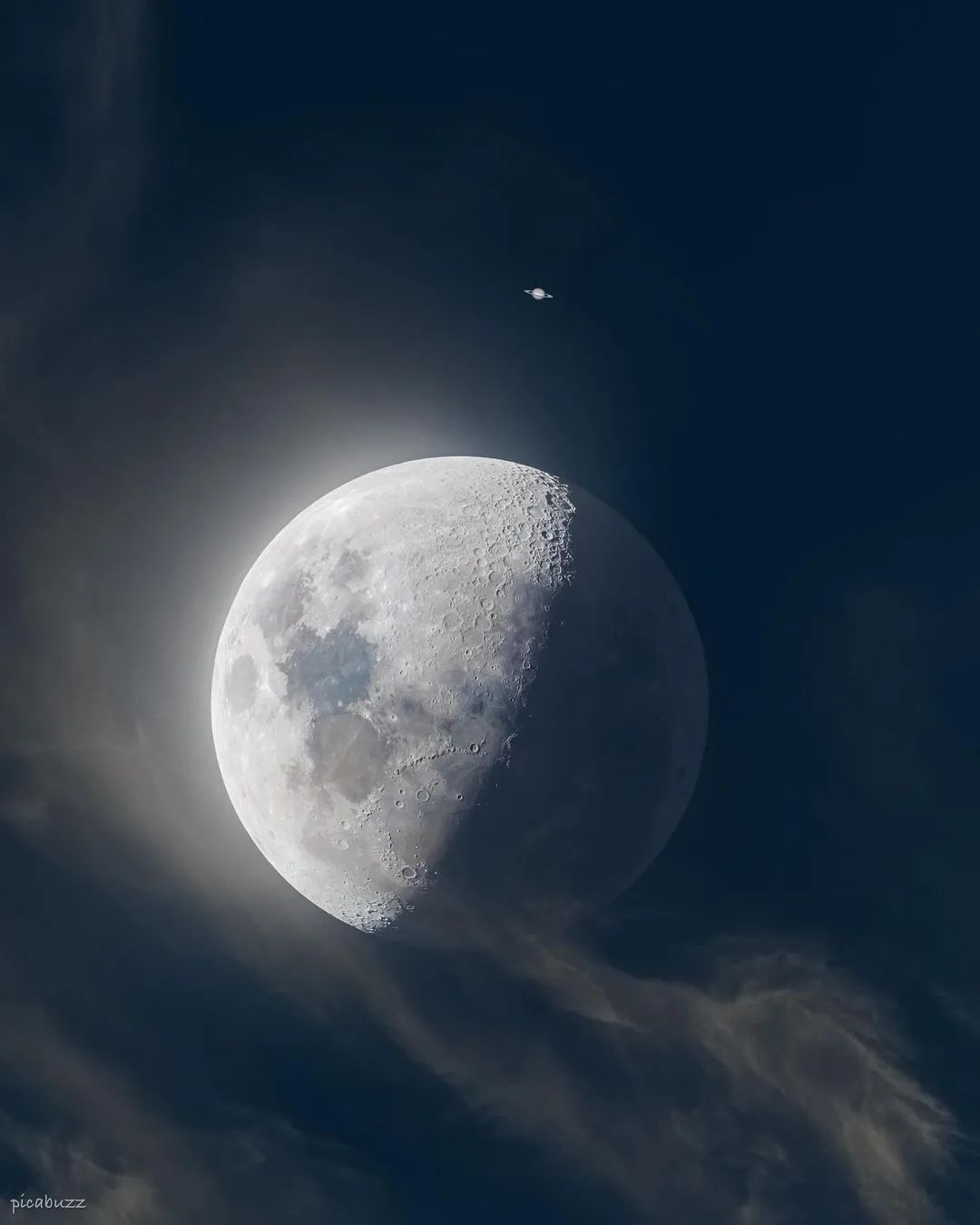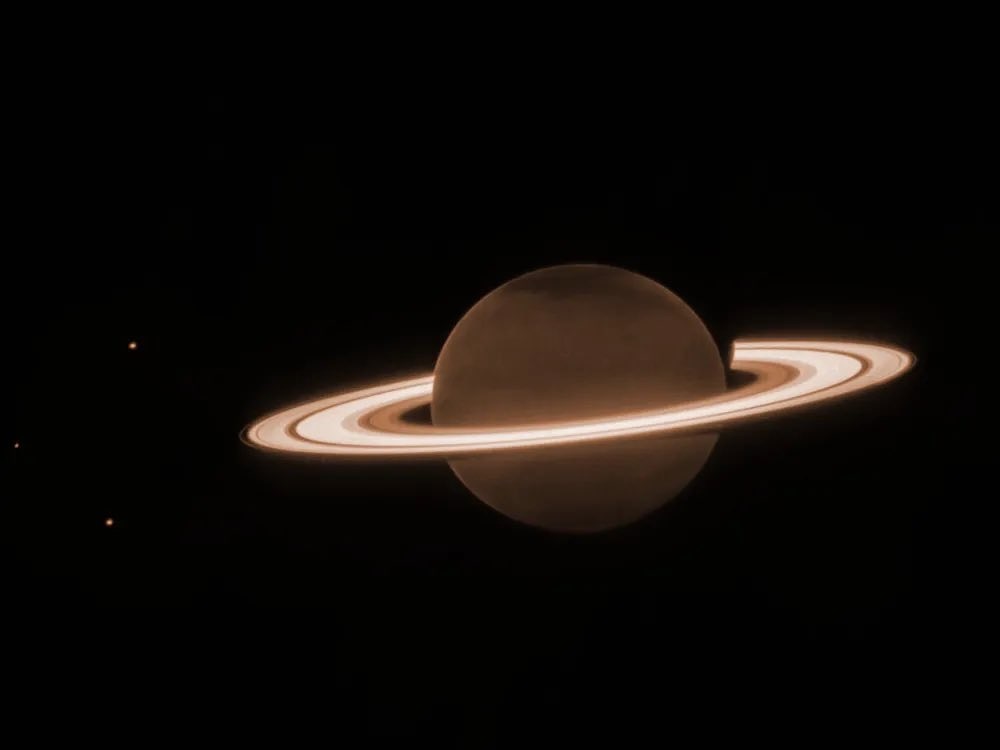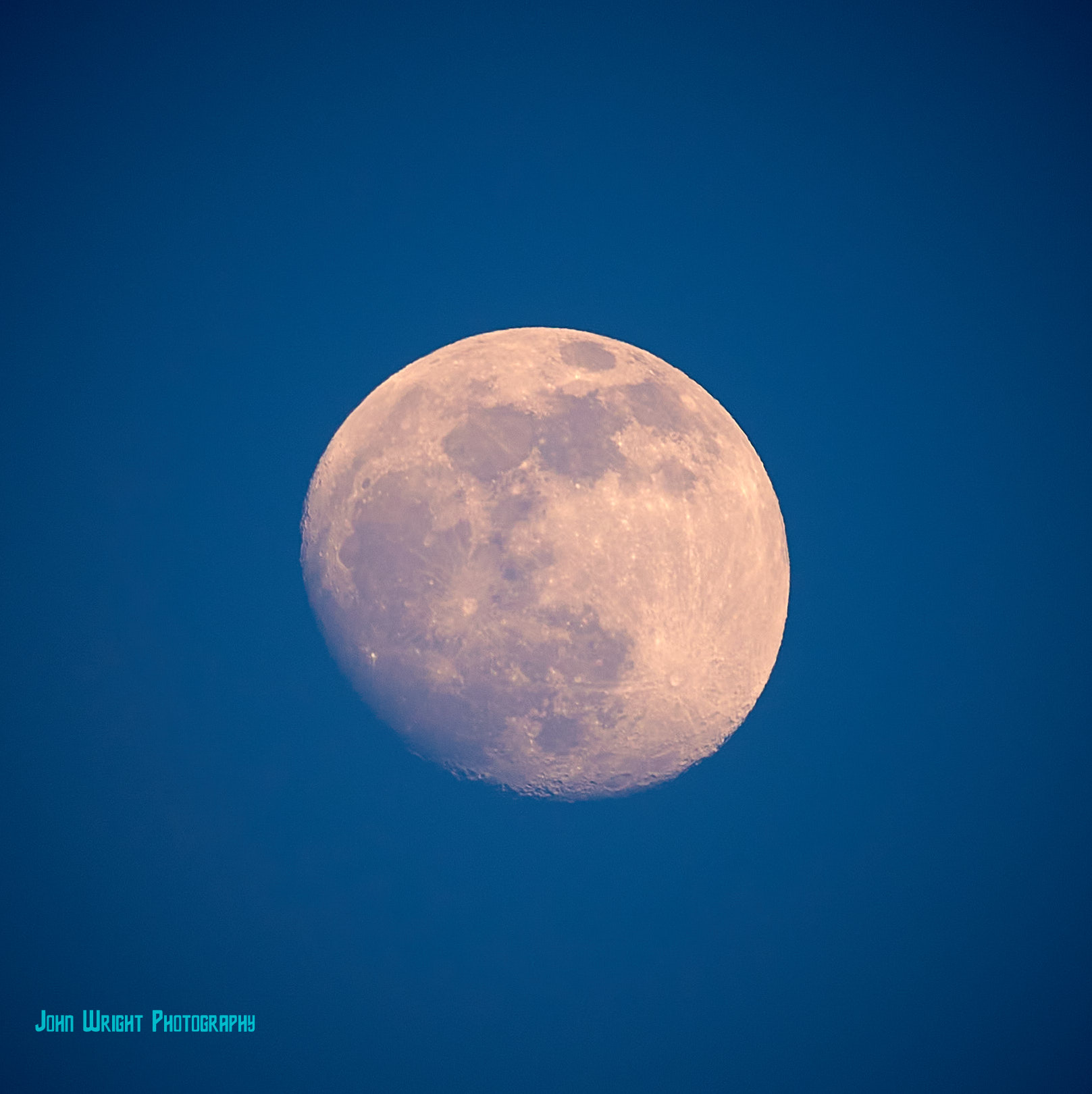- Public Group
- 30 Posts
- 23 Photos
- 0 Videos
- Science and Technology
© 2025 cre8aplace  English
English
Recent Updates
- Please log in to like, share and comment!
-
-
-
-
-
- The clouds were for the most part interfering with the eclipse shots, but God provided a few windows of opportunity before the rain came through.
The first image shows sun spots masked by the clouds as the eclipse began.
The second image doesn't quite show the beginning of the diamond ring clearly enough through the clouds.
It was still a good day.The clouds were for the most part interfering with the eclipse shots, but God provided a few windows of opportunity before the rain came through. The first image shows sun spots masked by the clouds as the eclipse began. The second image doesn't quite show the beginning of the diamond ring clearly enough through the clouds. It was still a good day.0 Comments 0 Shares 3893 Views 6
6
- Took this a little before 05:00Took this a little before 05:000 Comments 0 Shares 3937 Views
 6
6
- Testing my camera equipment for the upcoming eclipse.Testing my camera equipment for the upcoming eclipse.0 Comments 0 Shares 4048 Views
 4
4
-
- The James Webb Space Telescope’s first image of SaturnThe James Webb Space Telescope’s first image of Saturn0 Comments 0 Shares 3732 Views5

- Another of @alexanderrogge posts
Another of @alexanderrogge postsRahul Rao - The Milky Way's enormous, star-studded 'Radcliffe Wave' is literally waving:
https://www.space.com/radcliffe-wave-waving-milky-way
#RadcliffeWave #InterstellarGas #StarFormation #Astrophysics #AstronomyWWW.SPACE.COMThe Milky Way's enormous, star-studded 'Radcliffe Wave' is literally wavingScientists realized this massive structure spotted with stars is oscillating over time, gently waving in our galaxy's current.0 Comments 1 Shares 4011 Views - This is a post of @alexanderrogge
This is a post of @alexanderroggeRobert Lea - James Webb Space Telescope finds dwarf galaxies packed enough punch to reshape the entire early universe:
https://www.space.com/james-webb-space-telescope-dwarf-galaxies-cosmic-evolution
#DwarfGalaxy #JamesWebb #JWST #GravitationalLensing #Abell2744 #BigBangTheory #BigBang #Reionization #GeneralRelativity #Relativity #Cosmology #Astrophysics #AstronomyWWW.SPACE.COMJames Webb Space Telescope finds dwarf galaxies packed enough punch to reshape the entire early universe"The main surprise is that these small faint galaxies had so much power, their cumulative radiation could transform the entire universe."0 Comments 1 Shares 3899 Views1
- Tired of all the false propaganda? Here is a real photo I took of the moon.Tired of all the false propaganda? Here is a real photo I took of the moon.0 Comments 0 Shares 4044 Views
 4
4
- Hey Rick... ty ! A new group!Hey Rick... ty ! A new group!0 Comments 0 Shares 4007 Views
-
More Stories
Join the group to join the chatbox



